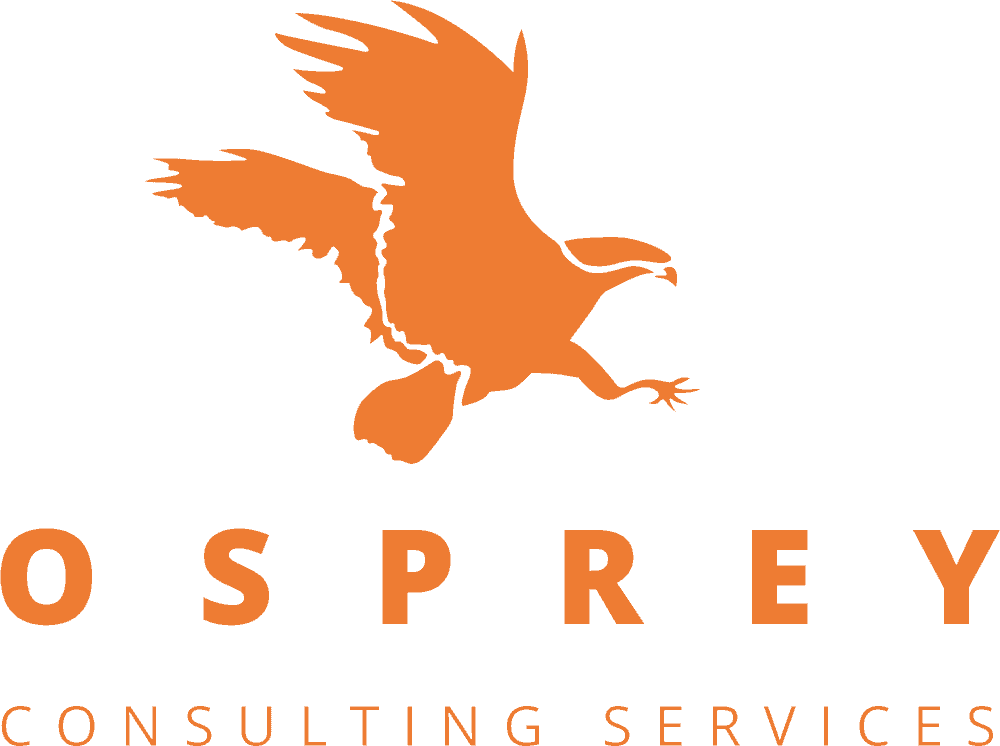Customer
Civil Aviation Authority (CAA)
Business Need
National and international regulatory bodies face an enormous challenge just to keep pace with the rapid evolution of Unmanned Air Systems (UAS) operations; at the same time they must steer UAS regulatory development towards a common framework.
To achieve this the UK CAA reorganised and restructured their UAS Programme; this resulted in an urgent requirement to develop a baseline position on Small UAS (SUAS) regulations and a framework to inform the development of future strategy and regulations. At short notice, Osprey provided the resource and expertise required in this highly specialised topic.
Our Role
The work packages we have undertaken to support the UK CAA UAS Programme are:
- A review of the existing UK SUAS regulations and guidance (including recommendations that will align future UAS regulation and guidance with the EASA Concept of Operations approach).
- A literary review of open source material to provide evidence of the risks of a mid-air collision between a large manned aircraft and a SUAS.
- To act on behalf of the CAA, as a key stakeholder in the UAS Mid-Air Collision Study Group to enable research to be undertaken to provide quantitative evidence of the effects of a SUAS colliding with a large manned aircraft or a medium sized rotary wing aircraft.
The Outcome
The initial phases of the work packages have now been completed. The SUAS regulation and guidance review has also been completed. This has enabled the UAS Programme to establish a strategic vision going forward and has already started to influence Government policy in this emerging technology sector.
In reviewing the global research literature, Osprey has been able to present the CAA with a well-researched and informed opinion of the likely risks of a mid-air collision between a manned aircraft and a SUAS; this key document is now being used to develop regulation and policy and informs the future strategic direction of UAS integration into the total aviation system.
The work was completed on time and within budget, and gained praise from the CAA for its completeness, clarity and rigour. By providing the CAA with well-researched and comprehensive reports, Osprey has, and continues to inform the UK’s UAS strategic direction.

